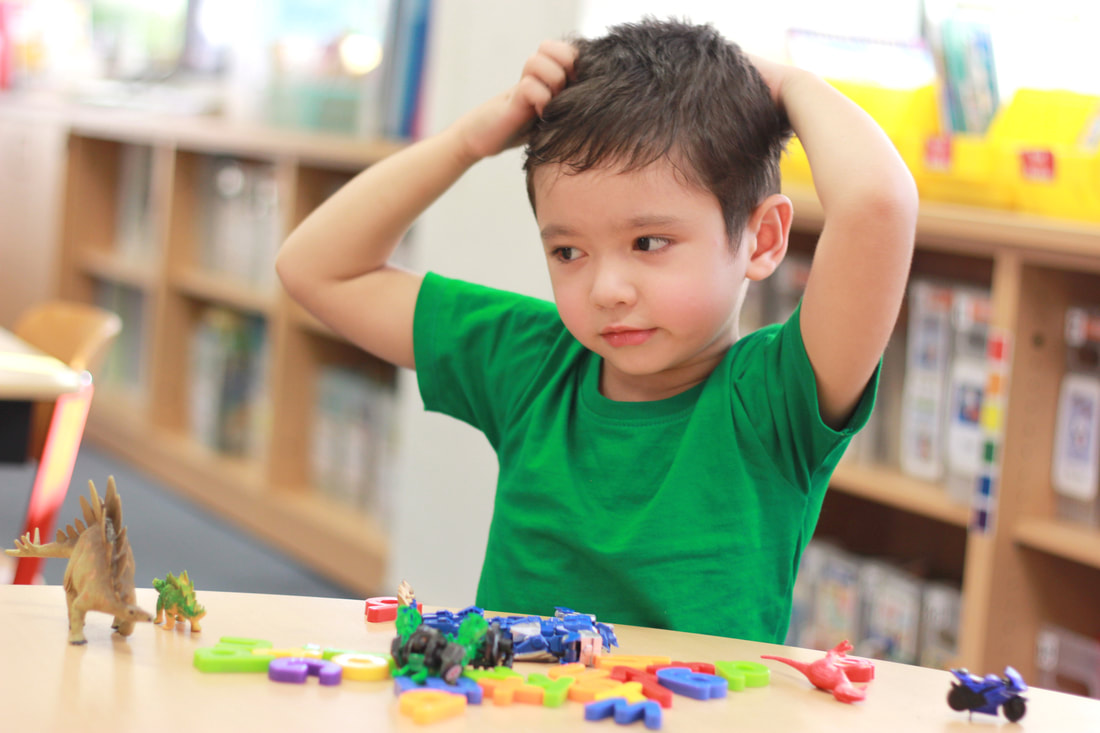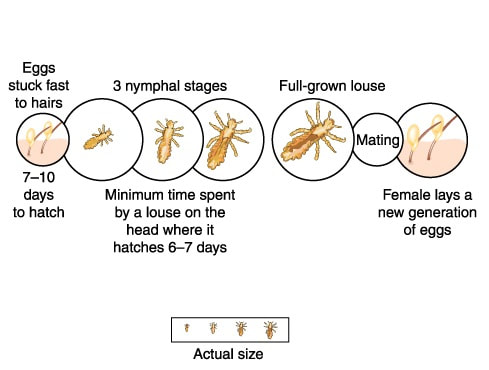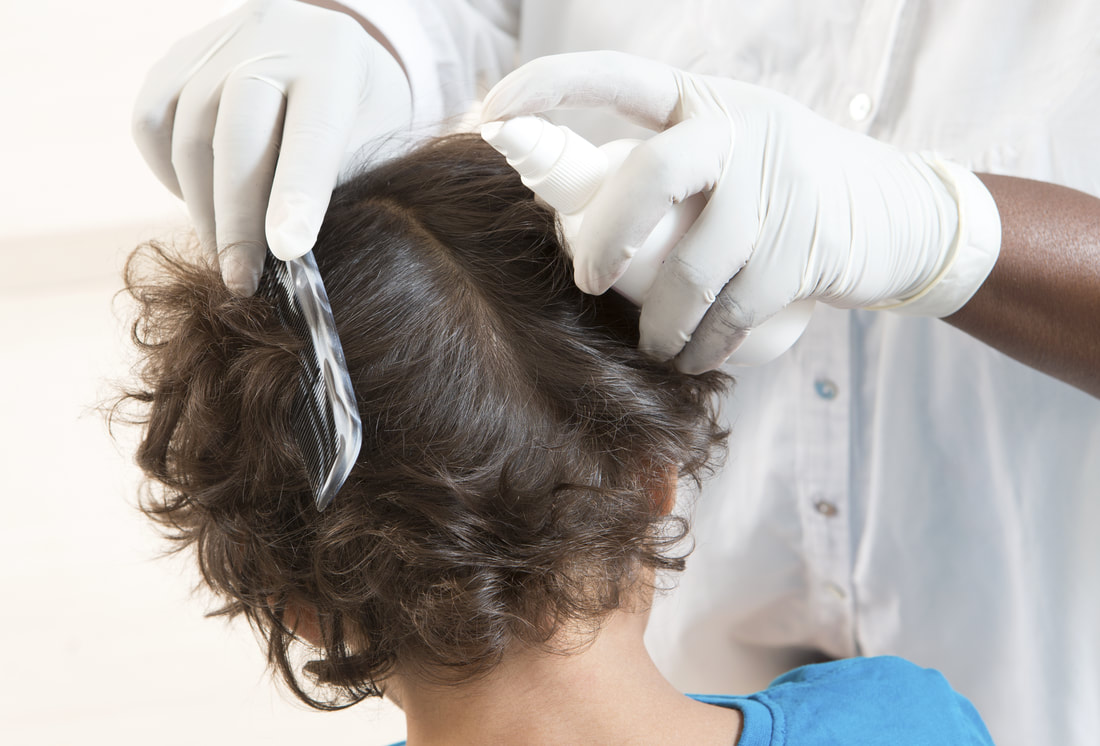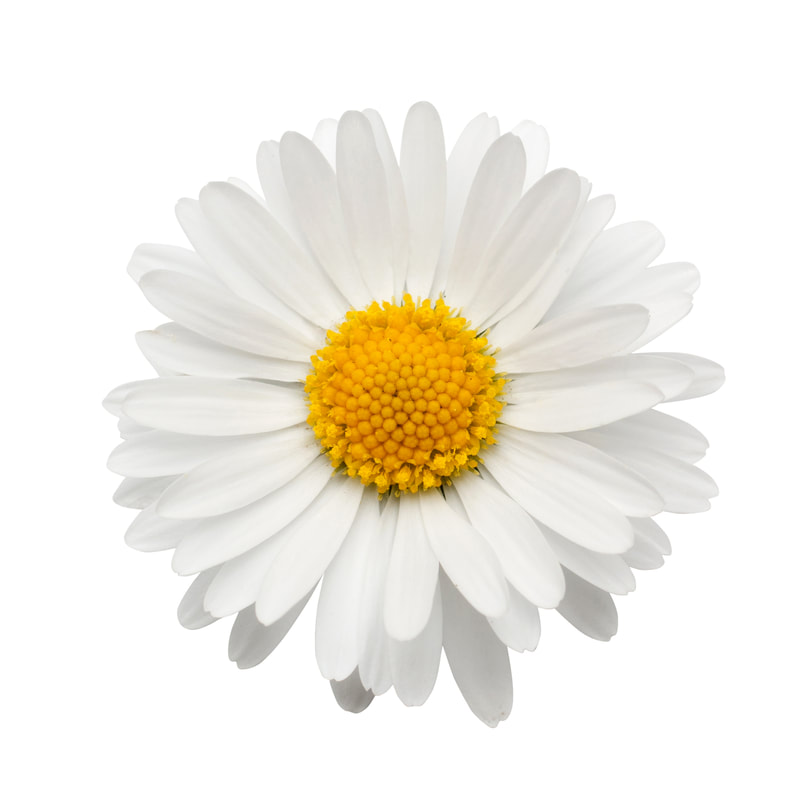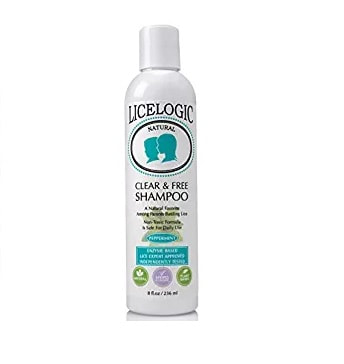Lice: What You Need To Know
According to the CDC, head lice (Pediculus humanus capitis) in the United States is most common among preschool and elementary age children and an estimated 6-12 million infestations occur each year among children 3 to 11 years of age.
What are lice?
Head lice are tiny insects that live on the scalp. A louse (the singular form of lice) has six legs, each with curved claws that can hold tightly onto hair; it can crawl easily between hairs, but cannot jump or fly.
Head lice feed only on human blood so they do not live on pets or other animals. A louse uses its needle-like mouthparts to suck blood through the skin - it does not dig or burrow into the skin.
The life cycle of the head louse has three stages: nit, nymph, and adult.
|
Nits: are head lice eggs. They are hard to see and are often confused for dandruff or dry scalp as they are laid at the base of the hair shaft near the scalp. Nits take about 7-10 days to hatch.
Nymphs: The egg hatches to release a nymph. The nit shell then becomes a more visible dull yellow and remains attached to the hair shaft. Nymphs are about the size of a pinhead and become adults about 7 days after hatching. Adults: The adult louse is about the size of a sesame seed and can live up to 30 days on a person’s head. Without blood meals, the louse will die within 1 to 2 days. Females are usually larger than males and can lay up to 8 nits per day. |
How do you get lice?
It’s important to remember that getting lice is not related to a person’s hygiene or the cleanliness of his or her environment. The most common way to get lice is by head-to-head contact with a person who already has it. Children often play together closely, and they may share brushes, hats, hair clips, etc. Adults who live with children also have a higher risk of getting lice.
Some studies suggest that girls get head lice more often than boys,
potentially due to more frequent head-to-head contact.
potentially due to more frequent head-to-head contact.
How is lice diagnosed?
|
Head lice and nits can be visible with the naked eye but because they are very small, move quickly, and avoid light, they may be difficult to find. Using a magnifying lens or a fine-toothed lice comb may help you find crawling lice or identify a viable nit. Nits are usually found on hair behind the ears and near the back of the neck – again, they are often confused with other particles such as dandruff, hair spray residue, and dirt so if you are unsure, check in with your doctor. There is a special light called a Wood's light that doctors use to identify an infestation. It makes the nits appear pale blue, and easier to see.
A diagnosis is best made by finding a live nymph or adult louse on the scalp or hair. |
How do you treat lice?
Over-the-counter options like RID which includes pyrethrin or Nix containing the ingredient permethrin are commonly chosen treatments.
|
Pyrethrin is a refined version of pyrethrum which is concentrated within the head of daisy-like chrysanthemum. The insecticidal properties of the flowers were discovered in Dalmatia, where the first commercial production of the plant began in 1840.
Permethrin is a synthetic version of pyrethrum discovered in 1973. Permethrin has low toxicity, is rapidly metabolized by skin and blood, and is on the World Health Organization's List of Essential Medicines.
|
These ingredients have been deemed safe by the FDA when used exactly as directed. (Possible side effects listed on product labels should be noted.) Unfortunately, many parents routinely over dose their children and themselves, desperate for a quick resolution of their lice outbreak. Parents also often use the treatments again if the first attempt fails – this too is a violation of usage directions. In addition, both permethrin and pyrethrin act on the adult lice, but do not have ovicidial effect – meaning they do not kill the eggs.
In 2001 a study was published confirming that dimeticone 4% liquid gel applied for 15 minutes on two occasions a week apart eliminated all lice and eggs from all participants following the first application.
|
In some places, lice have grown resistant to the ingredients in over-the-counter lice treatments. In these cases, a doctor can prescribe other options such as:
|
- Oral prescription medication – In this study complete cure was achieved in 77.5% of a group given the oral medication Ivermectin. The cure rate increased to 92.5% after the second dose. (*Children must weigh at least 33 pounds (15 kilograms) to take oral ivermectin. Side effects may include nausea and vomiting.)
- Topical prescription medications - Malathion (Ovide) is a prescription medication that you rub into your hair and scalp. In the same study, 87.5% were completely cured after the first dose and 95% after the second. (Malathion is flammable, so keep it away from heat sources. It also isn't recommended for children 2.)
What about home remedies?
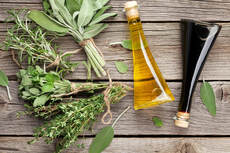
Developing concerns about chemical exposure and sensitivities tied to the products we use have led to an array of home remedies for almost any ailment. There are very few studies that have been conducted to evaluate the efficiency of homemade remedies because, let’s be honest: who would finance these studies? It’s simply not profitable to spend money to know if olive oil or apple cider vinegar are going to make your warts disappear, mitigate your toothache, or get rid of lice. One 2004 study did evaluate a few home remedies to control head lice concluding “None of the home remedy products we surveyed was an effective means of louse control.”
Some people believe that just picking the lice and nits out using a lice comb or tweezers is a 100% risk-free alternative. This has to be done over several days and is thus very time consuming. A study done in the UK compared the efficacy of wet combing to use of the fore-mentioned malathion. Children assigned the combing treatment (bug-busting as they call it) were 95% more likely than those assigned malathion to have lice at the end of treatment.
|
If you want to try a “gentler” approach, this shampoo claims to be a non-toxic, safe and easier option to get rid of both lice AND their eggs.
|
It all boils down to understanding that if you want to be successful in your battle against these parasites, you’ll need remedies that will get rid of nits as well as kill adult head lice and nymphs.
*Head lice are not known to transmit disease; however, secondary bacterial infection of the skin resulting from scratching can occur with any lice infestation.

